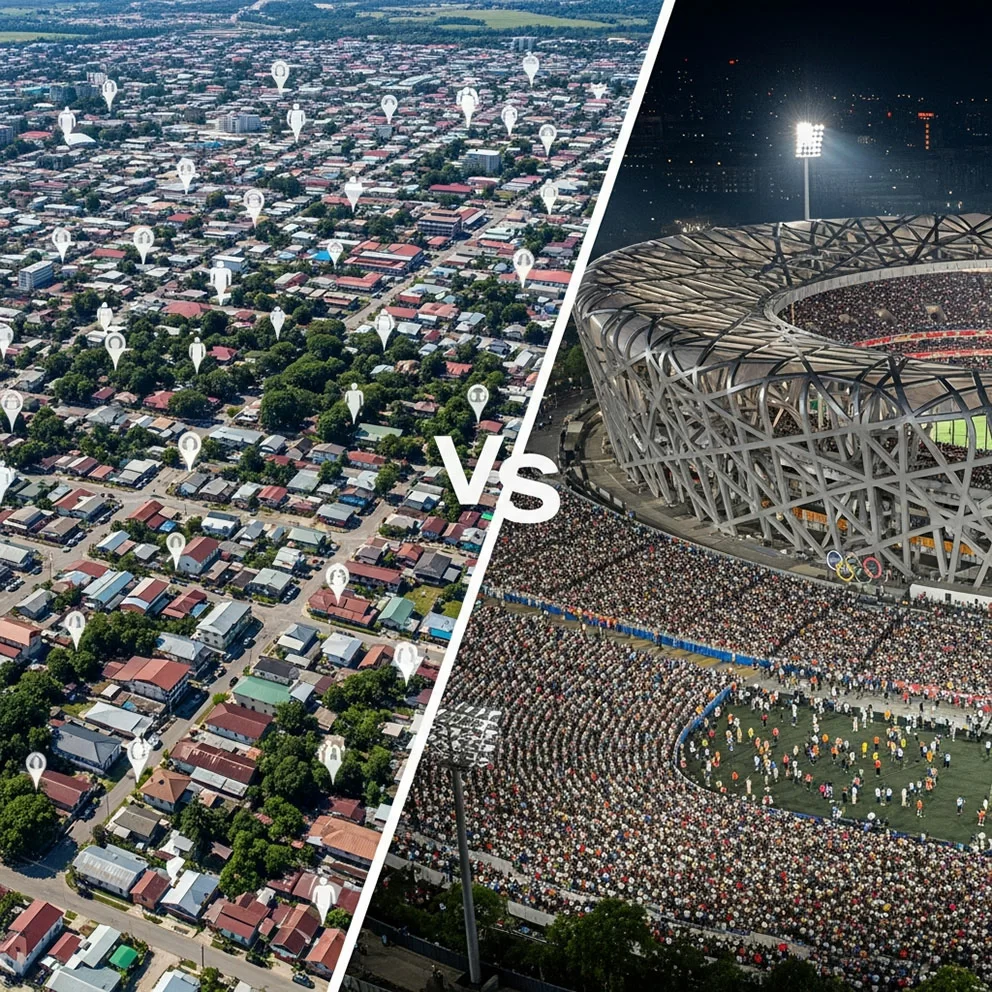Beijing’s Olympic venues, including the iconic Bird’s Nest, Ice Ribbon, and Water Cube, continue to stand as symbols of architectural brilliance and Olympic legacy. These structures, initially built for the 2008 Summer Olympics and later utilized for the 2022 Winter Games, remain functional hubs for sports, culture, and entertainment. The Bird’s Nest, officially known as the National Stadium, is renowned for its unique steel lattice design resembling a bird’s nest. Designed by the Swiss-Japanese duo Herzog & de Meuron and Chinese artist Ai Weiwei, it hosted both the opening and closing ceremonies of the 2008 and 2022 Olympics. With a seating capacity of 80,000, expandable to 91,000, it’s a marvel of energy-efficient and eco-friendly architecture. The Ice Ribbon, or National Speed Skating Oval, is another engineering feat, designed to resemble a flowing ribbon of ice. It’s one of the fastest skating tracks globally, thanks to advanced ice production and climate control systems. The Water Cube, or National Aquatics Center, features a bubble-like exterior inspired by water molecules and was a key venue for swimming events in 2008. Today, these venues are repurposed for public use, hosting events ranging from concerts to recreational activities, ensuring their legacy endures beyond the Olympics.
